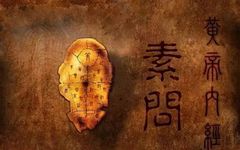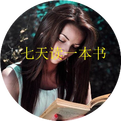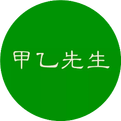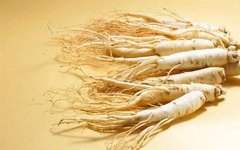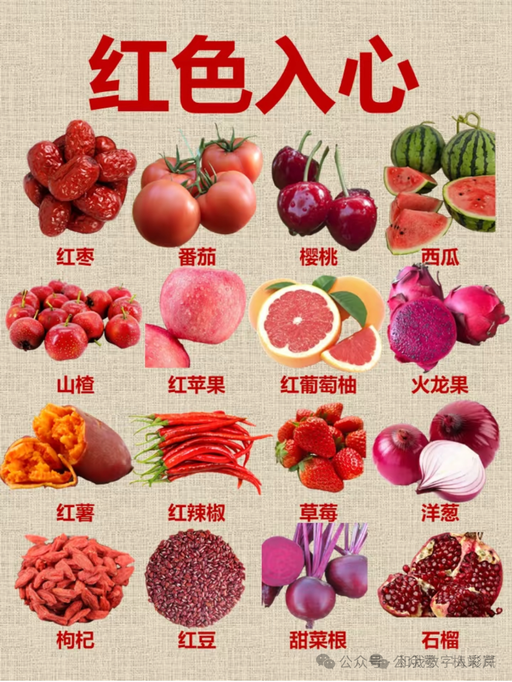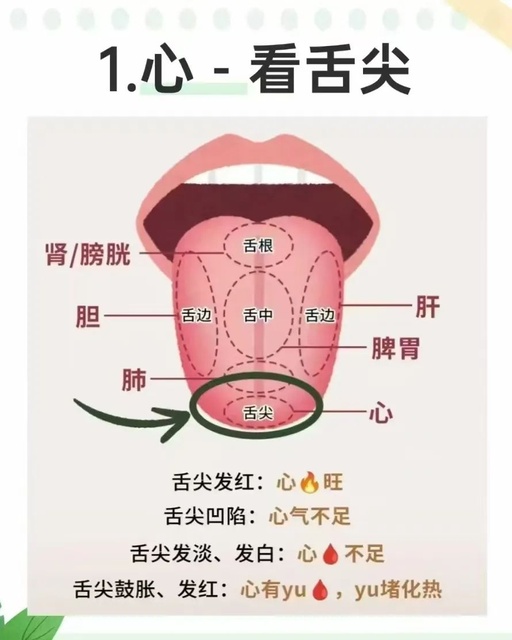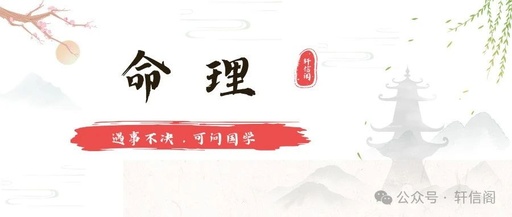Essence of the Huangdi Neijing: Memorize for a Lifetime!
The Huangdi Neijing (Yellow Emperor’s Inner Canon) can be summarized with three “firsts”: it is the first classic of TCM theory; the first manual on health preservation; and the first encyclopedia of life. For any issues related to tendons, treating the Gan (Liver) is correct. For any issues related to bones, treating the Shen … Read more



